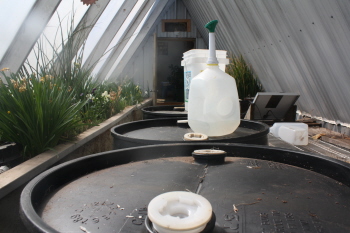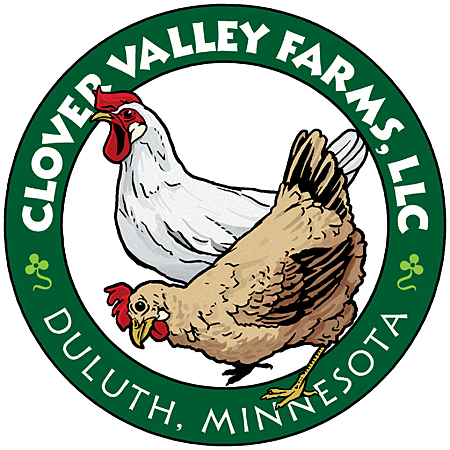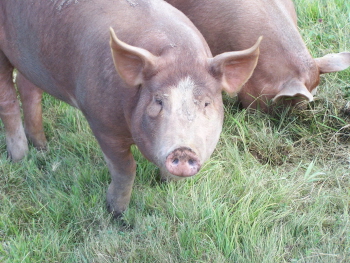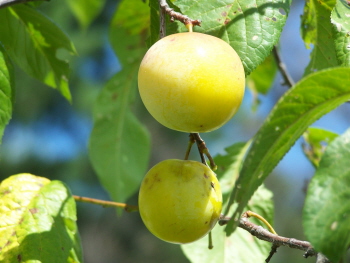Greenhouse Production
|
Cindy and Jeff grow a wide variety of annual and perennial flowers and vegetables in their greenhouse (Table 7). Although the greenhouse looks small at first glance, careful rotation planning allows them to have diverse products throughout the year. |
 water holding tanks inside the greenhouse |
Herbs grown for sale |
Vegetables and herbs grown for personal consumption |
Flowers grown for personal use |
garlic |
beets (incl. greens) |
Amaryllis |
It has taken several years of trial and error to determine which plants work best and when to grow them in this particular setting. Table 8 shows Jeff and Cindy’s greenhouse crop rotations. The bulbs flower in February; the annual flowers are generally started in flats and then inter-planted with other crops in late winter/early spring and/or in the fall.
 |
 |
 |
Rotation name (planting time) |
Representative plants |
Keys to success |
Winter (August) |
cole crops (e.g., cabbage, broccoli) |
These crops can tolerate low air temperatures. Planting them in August gives them time to grow to maturity before light levels get low. They then spend the winter holding their own, acting as a “living root cellar” until harvest. |
Summer (May) |
annual herbs (e.g., basil) |
Raising these heat-loving crops in the greenhouse provides a “jump-start” on the outdoor garden, though some are kept inside and can tolerate the higher temperatures of the summer greenhouse. |
 |
 |


